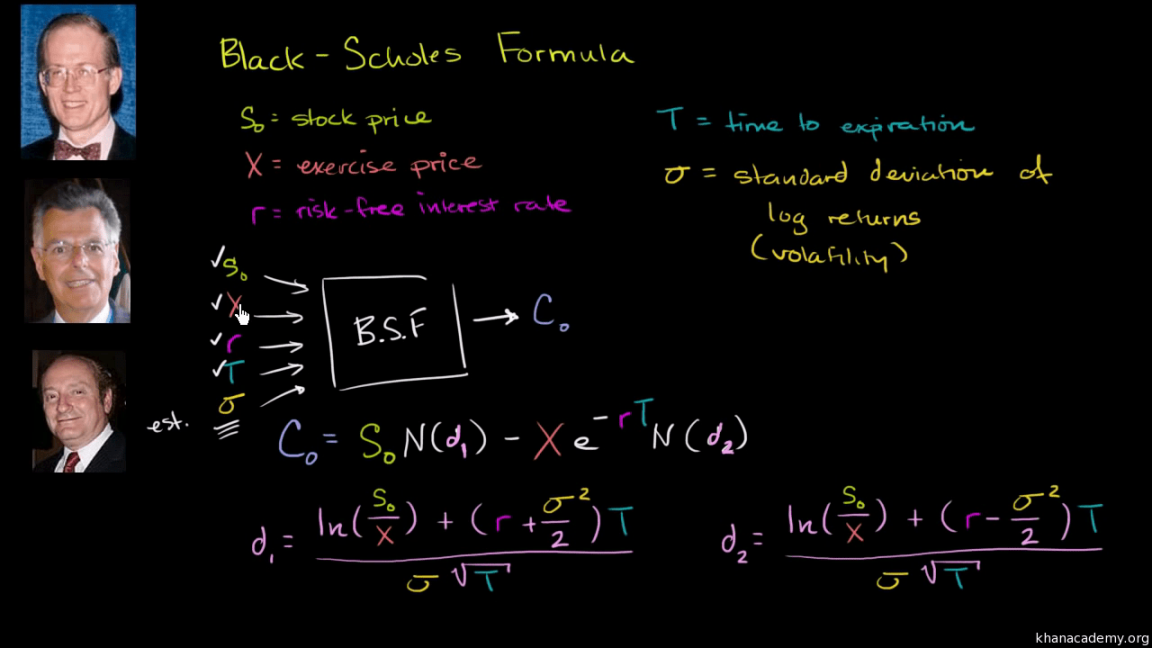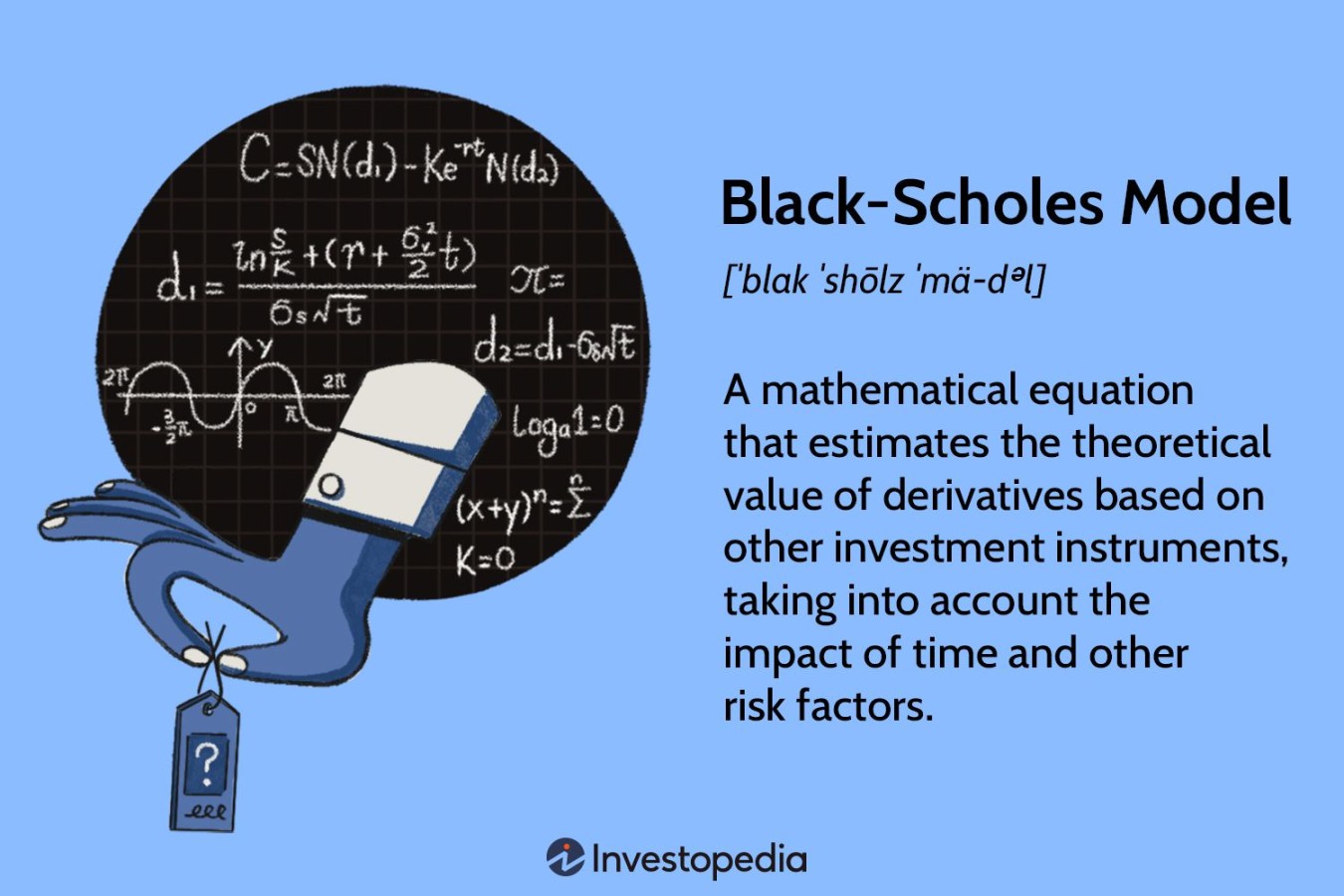Delving into the Black-Scholes Option Pricing Model: A Comprehensive Guide
Delve into the intricacies of the Black-Scholes Option Pricing Model, a cornerstone of financial valuation. Understand its concepts, applications, limitations, and real-world implications.
Black-Scholes Model, Option Pricing, Derivatives, Financial Valuation, Risk Management

Demystifying the Black-Scholes Option Pricing Model: A Comprehensive Guide
Introduction
In the realm of finance, options contracts play a pivotal role in hedging risk and speculating on the future movements of underlying assets. At the heart of options pricing lies the Black-Scholes-Merton (BSM) model, a groundbreaking mathematical framework developed by Fischer Black, Myron Scholes, and Robert Merton in the 1970s. This sophisticated model revolutionized the valuation of options, providing a robust and widely accepted method for determining their fair prices.
Understanding the Essence of the Black-Scholes Model

The Black-Scholes model is a stochastic model, meaning it incorporates randomness to capture the inherent uncertainty associated with stock prices. It assumes that stock prices follow a log-normal distribution, implying that the likelihood of extreme price movements is relatively low. The model’s core objective is to calculate the theoretical value of an option, considering factors such as the current stock price, the strike price, the time to expiration, the risk-free interest rate, and the underlying asset’s volatility.
Delving into the Mechanics of the Black-Scholes Formula
The Black-Scholes model is represented by a complex mathematical formula that encapsulates the various factors influencing option prices. This formula, derived through a dynamic hedging approach, enables the calculation of the fair value of both call options (the right to buy an underlying asset at a specified price) and put options (the right to sell an underlying asset at a specified price).
Key Assumptions Underlying the Black-Scholes Model
The Black-Scholes model rests upon several key assumptions that are crucial for its validity. These assumptions include:
1. No-Arbitrage Condition: The model assumes that there are no opportunities for arbitrage, a situation where profits can be made without risk.
2. Efficient Markets: The model assumes that markets are efficient, meaning that stock prices reflect all available information.
3. Continuous Trading: The model assumes that trading in the underlying asset and options occurs continuously throughout the day.
4. No Dividends: The model assumes that the underlying asset does not pay dividends during the option’s life.
5. Constant Volatility: The model assumes that the volatility of the underlying asset remains constant throughout the option’s life.
Applications of the Black-Scholes Model
The Black-Scholes model has far-reaching applications in the financial world, serving as a cornerstone for various financial activities:
1. Option Pricing: The primary application of the Black-Scholes model is to determine the fair value of options contracts, facilitating informed trading decisions.
2. Portfolio Management: The model is employed in portfolio management to assess the risk and return profiles of investment strategies involving options.
3. Risk Management: The model plays a crucial role in risk management, enabling the quantification and hedging of risks associated with options positions.
4. Derivative Pricing: The Black-Scholes model forms the foundation for pricing other derivatives, such as futures and swaps.
Limitations of the Black-Scholes Model
Despite its widespread adoption, the Black-Scholes model is not without its limitations. These limitations stem from the inherent assumptions upon which the model is based and the complexities of real-world markets:
1. Oversimplification of Market Dynamics: The model’s assumptions, such as constant volatility and no dividends, may not accurately reflect the dynamic nature of financial markets.
2. Impact of Market Imperfections: The model does not account for market imperfections, such as transaction costs, bid-ask spreads, and market frictions.
3. Sensitivity to Parameter Inputs: The model’s sensitivity to its input parameters, particularly volatility, highlights the challenges in obtaining accurate estimates.
Real-World Implications of the Black-Scholes Model
The Black-Scholes model has had a profound impact on the financial industry, revolutionizing the pricing and trading of options contracts. Its influence is evident in



